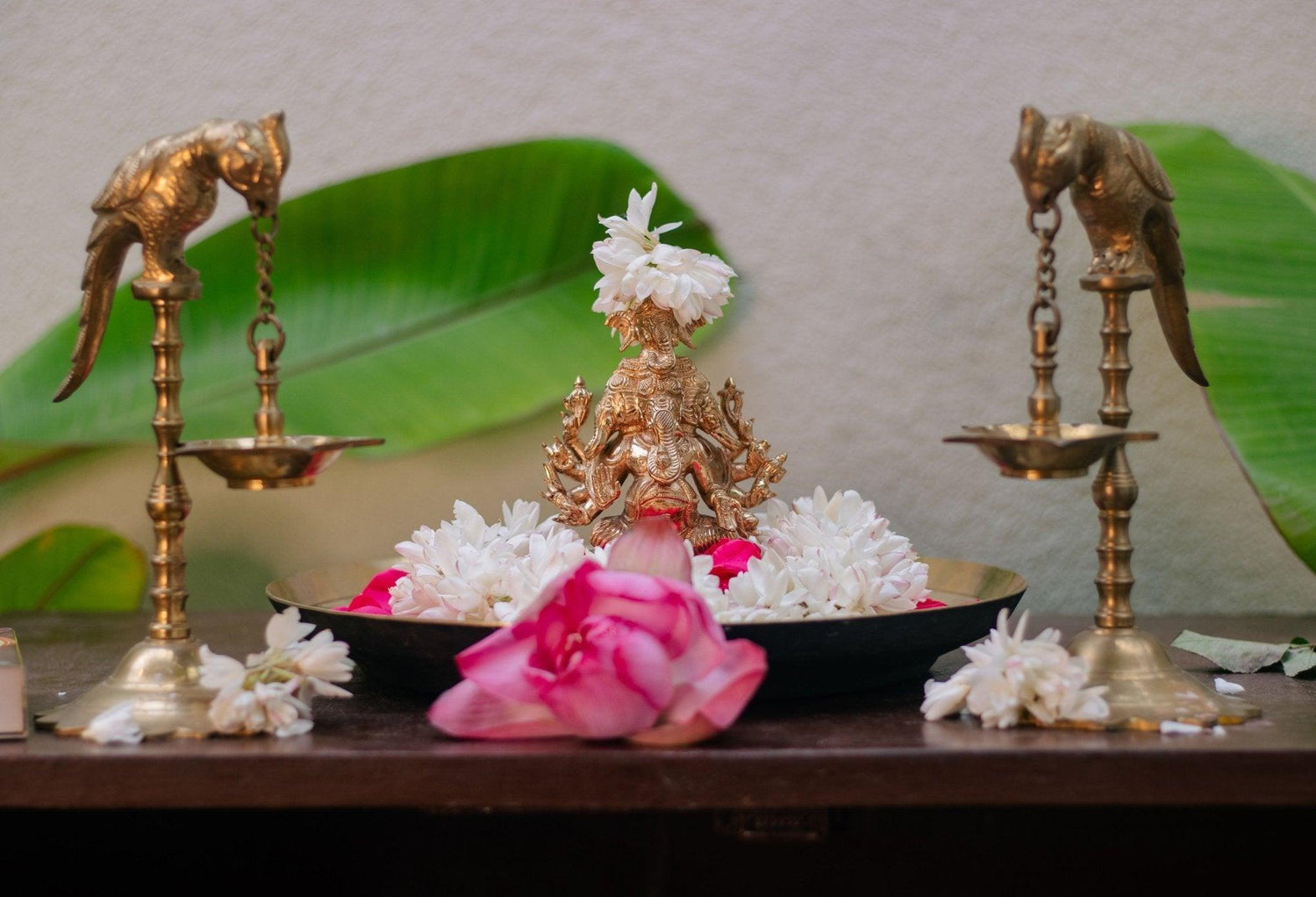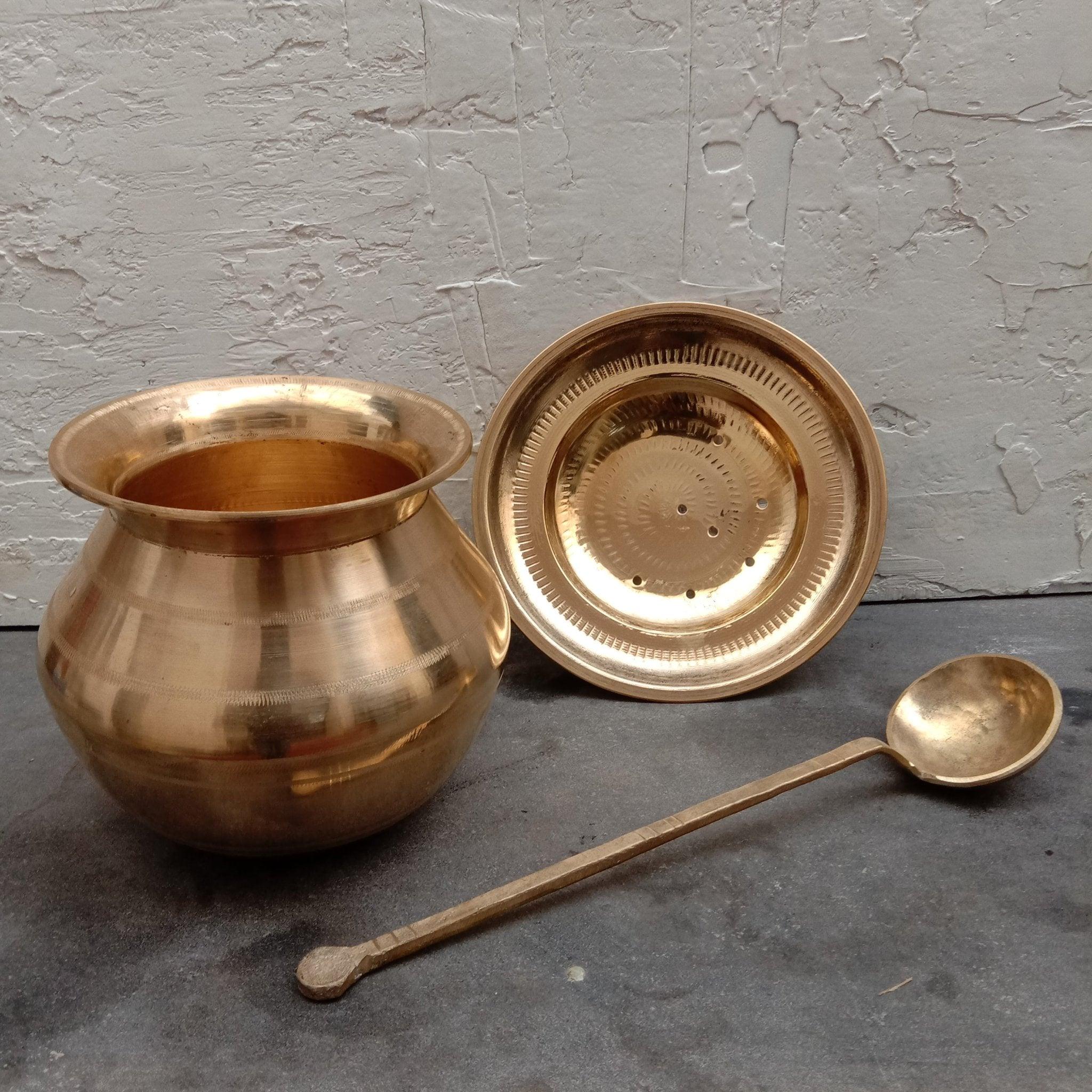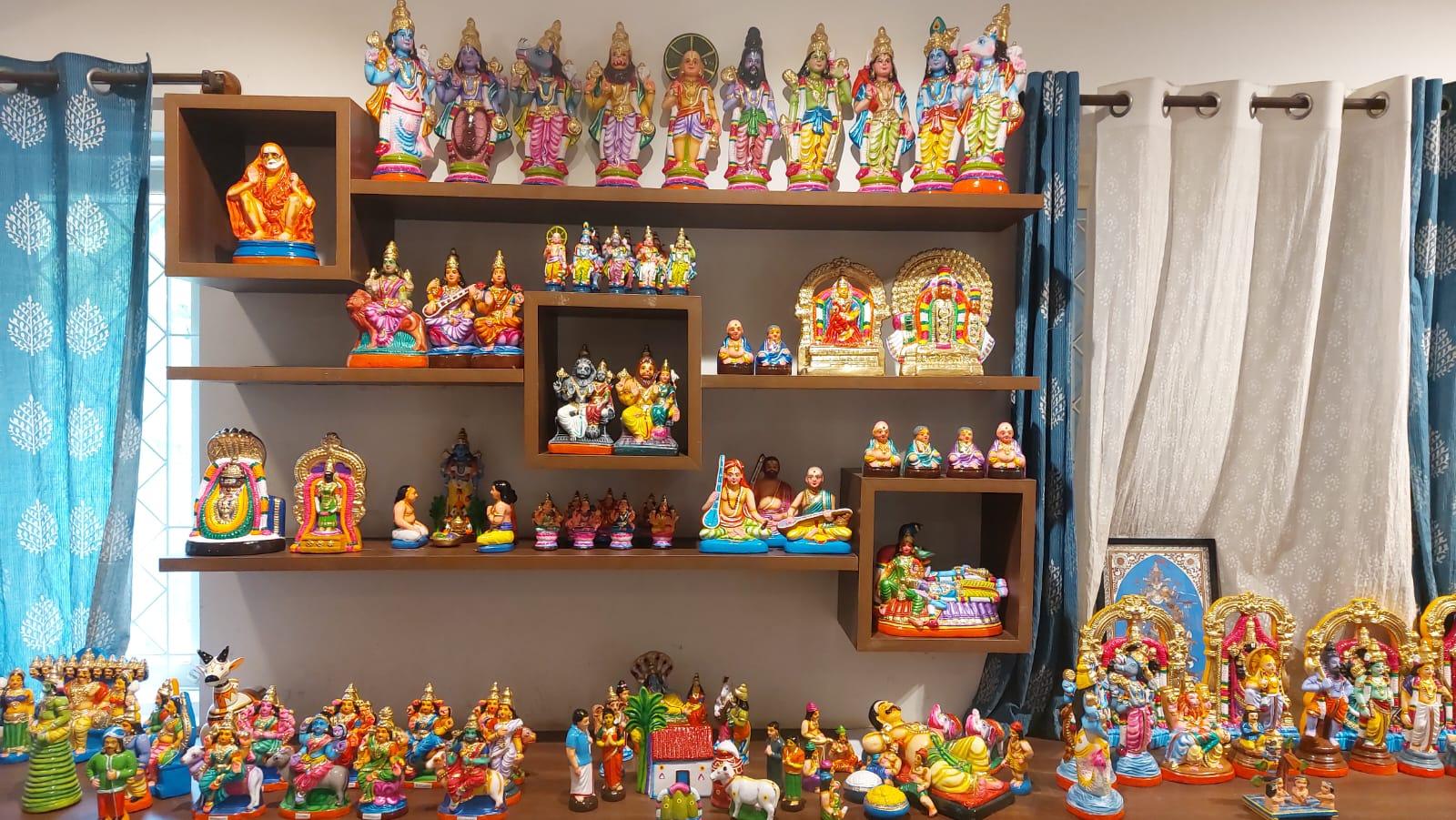Ganesh Chaturthi, also known as Vinayaka Chaturthi, is a Hindu festival that celebrates the birth of Lord Ganesha, the elephant-headed deity who is revered as the remover of obstacles and the god of beginnings and wisdom. The festival typically falls in the Hindu month of Bhadrapada, which usually corresponds to August or September in the Gregorian calendar.

The origin of Ganesh Chaturthi can be traced back to ancient times, but the way it is celebrated today has evolved over the years. The festival has its roots in various Hindu scriptures and legends. One of the most popular stories associated with Ganesh Chaturthi is the tale of how Lord Ganesha was created by Goddess Parvati and how he came to be associated with this festival.
According to Hindu mythology, Goddess Parvati created Ganesha from the dirt and oils from her body to guard her chambers while she bathed. Lord Shiva, Parvati's husband, who was not present at the time, returned and was stopped by Ganesha from entering Parvati's chambers. This led to a battle between Ganesha and Shiva, during which Shiva beheaded Ganesha. Upon realizing his mistake and understanding the true identity of Ganesha, Shiva restored his life by placing the head of an elephant on his body. This is why Ganesha is often depicted with an elephant head.
Ganesha's devotion, wisdom, and role as an obstacle remover have made him one of the most beloved deities in the Hindu pantheon. The Ganesh Chaturthi festival, as we know it today, gained prominence in the 17th century during the reign of Maratha ruler Chhatrapati Shivaji. It was later popularized by the freedom fighter Lokmanya Tilak during the late 19th and early 20th centuries as a means to foster a sense of unity and nationalism among Indians during the British colonial rule.
During the festival, elaborate clay idols of Lord Ganesha are installed in homes and public places, and they are worshipped for a specific number of days, which can range from one to eleven days. The idols are decorated with flowers, garlands, and other ornaments, and devotees offer prayers, perform aarti (a ritual of worship involving light), and distribute prasad (blessed food) to mark the occasion. On the final day of the festival, the idols are taken in grand processions and immersed in bodies of water, symbolizing the deity's return to his divine abode.
Ganesh Chaturthi is celebrated with great enthusiasm and devotion across various parts of India, particularly in the states of Maharashtra, Karnataka, Goa, and Andhra Pradesh. Over the years, the festival has also gained popularity outside of India in communities with a significant Hindu population.
To kick start your Ganesh Chaturthi Celebration
Celebrating Ganesh Chaturthi involves several traditional rituals and practices. Here's a general outline of the steps that are typically followed during the festival:
- Idol Preparation: Obtain or create a clay idol of Lord Ganesha. The idol can vary in size from small to large, depending on your preference. It's important to choose eco-friendly materials to minimize the impact on the environment.
- Installing the Idol: Place the idol in a clean and decorated area of your home or a public space. A special pedestal or platform is often used for this purpose. You can decorate the idol with flowers, garlands, and other adornments.

- Pranapratishtha: This is the ritual of invoking the divine presence into the idol. It involves reciting prayers and mantras to infuse life into the deity. Offer flowers, incense, and lamps during this process.
- Ganesh Puja: Perform daily rituals and prayers to worship Lord Ganesha. These may include offering fruits, sweets (modak is a popular choice), coconut, and other traditional items. Light incense sticks and lamps and recite Ganesh mantras and stotras (devotional hymns).
- Aarti: Perform the aarti ritual, where a lit lamp or camphor is circled around the idol while singing or chanting devotional songs. This signifies the illumination of wisdom and the dispelling of darkness.
- Modak Offering: Modak is a sweet delicacy believed to be Lord Ganesha's favourite. Prepare or buy modaks and offer them to the idol as prasad.
- Fasting and Vrat (Observance): Some devotees choose to fast on this day as a mark of devotion. They abstain from certain foods and focus on prayers and worship.
- Visarjan (Immersion): The festival culminates with the immersion of the idol in a body of water-usually a river, lake, or sea. This symbolizes Lord Ganesha's return to his celestial abode. The immersion procession can be a grand affair, with music, dance, and a lot of enthusiasm.

- Environmental Consciousness: As you celebrate, it's important to be mindful of the environment. Opt for eco-friendly materials for decorations and idols. Avoid using materials that harm the ecosystem.
- Community Participation: Ganesh Chaturthi is often celebrated in a community setting, with multiple households coming together to install idols and celebrate. Participating in community events and processions can add to the festive spirit.
- Cultural Activities: In addition to religious rituals, the festival can include cultural activities such as music, dance performances, and storytelling about Lord Ganesha's mythology.
Remember that the specific rituals and practices may vary based on regional customs and individual preferences. It's advisable to consult with local priests or community members for guidance on how to celebrate Ganesh Chaturthi in accordance with your tradition.
Different Delicacies prepared during Celebration of Ganesh Chaturthi

Ganesh Chaturthi is a festival known for its delicious and diverse array of traditional sweets and savoury dishes prepared across India. Different regions have their own specialties that are associated with the festival. Here are some popular delicacies prepared for Ganesh Chaturthi:
- Modak: Modak is perhaps the most iconic sweet associated with Ganesh Chaturthi. These are sweet dumplings made from rice flour or wheat flour, filled with a mixture of jaggery, grated coconut, and sometimes dry fruits. They are usually steamed or fried and are believed to be Lord Ganesha's favou These are made in modak patra.
- Ukadiche Modak: This is a specific type of modak made with a soft outer covering of rice flour and a sweet coconut and jaggery filling. It's a Maharashtrian specialty.
- Kozhukattai or Modagam: Similar to modak, these dumplings are made from rice flour and filled with coconut, jaggery, and often flavored with cardamom. They are popular in South India, especially in Tamil Nadu. These are usually made in idli cooker-steamer.
- Puran Poli: Also known as Holige or Obbattu, this is a sweet flatbread filled with a mixture of chana dal (split chickpeas), jaggery, and spices. It's a delicacy in Maharashtra, Karnataka, and other states.
- Karigadubu: These are deep-fried sweet dumplings made with a filling of chana dal, jaggery, and grated coconut. They are a favorite in Karnataka.
- Chana Dal Payasam: This is a rich and creamy dessert made from chana dal, milk, sugar, and ghee, often flavored with cardamom and saffron. It's a common sweet dish in many parts of India.
- Rice Kesari or Sheera: Kesari is a semolina-based sweet dish cooked with ghee, sugar, and water, often flavored with saffron and cardamom. It's popular in South India.
- Laddu: Laddus made from various ingredients such as besan (gram flour), semolina, or even coconut are offered during Ganesh Chaturthi. These round sweets are a staple in Indian festivals.
- Puliyodarai or Tamarind Rice: This tangy and spicy rice dish made with tamarind and spices is often prepared as an offering during the festival, especially in South India.
- Sundal: Sundal is a savory dish made from boiled legumes (usually chickpeas or black-eyed peas) tempered with mustard seeds, curry leaves, and coconut. It's a popular prasad in South India.
- Coconut Rice: Coconut rice, made by mixing cooked rice with grated coconut, spices, and sometimes fried lentils, is also a common dish offered during the festival.
- Gujarati Dhokla: In Gujarat, Dhokla, a steamed and spongy cake made from fermented rice and chickpea flour, is a favorite during Ganesh Chaturthi.
These are just a few examples of the delightful dishes prepared during Ganesh Chaturthi. The specific dishes may vary based on regional preferences and family traditions.
Cultural Significance of Ganesh Chaturthi Celebration
Ganesh Chaturthi holds significant cultural importance in Hindu society and has evolved over the years to become a widely celebrated festival that transcends religious boundaries. Here are some aspects of its cultural significance:
- Unity and Social Bonding: Ganesh Chaturthi is celebrated with fervor and enthusiasm by people of various communities, castes, and backgrounds. It brings people together, fostering a sense of unity and communal harmony. Public celebrations often involve participation from all sections of society, promoting social bonding.
- Art and Creativity: The creation and decoration of Ganesh idols showcase the artistic talents of individuals and communities. Intricately crafted idols made from clay, wood, and other materials highlight the creative expressions of people. This cultural aspect is deeply appreciated and celebrated.
- Cultural Extravaganza: The festival is not just about religious rituals; it's also a cultural extravaganza. Music, dance, processions, and cultural performances are an integral part of the celebrations. These events showcase the rich cultural heritage of India.
- Traditional Crafts: The making of clay idols and intricate decorations involves traditional craftsmanship that has been passed down through generations. This supports local artisans and craftsmen, preserving ancient skills and techniques.
- Environmental Awareness: In recent years, there has been a growing emphasis on eco-friendly celebrations. Many communities are opting for clay idols that dissolve in water and use natural materials for decorations, reflecting a concern for the environment and sustainable practices.

- Promotion of Values: Lord Ganesha's qualities—wisdom, humility, kindness, and the ability to remove obstacles—serve as a source of inspiration for individuals. The celebration encourages people to embody these values in their lives.
- National Integration: The festival gained prominence during the freedom movement led by Lokmanya Tilak, who used it as a platform to unite people against British rule. This history of nationalism and unity adds to the festival's cultural significance.
- Interfaith Connections: While Ganesh Chaturthi is a Hindu festival, it has transcended religious boundaries. People of different faiths often participate in the celebrations, showcasing India's diverse and pluralistic culture.
- Learning and Knowledge: Ganesha is also revered as the god of wisdom and intellect. The festival emphasizes the importance of education and learning. Many educational institutions conduct special prayers and events during this time.
- Cultural Exchange: The festival has become a means of cultural exchange and understanding, as people from different communities and backgrounds come together to share in the festivities.
- Family and Community Traditions: Ganesh Chaturthi is a time when families and communities come together to celebrate. It provides an opportunity to strengthen familial bonds, share traditions, and create lasting memories.
Overall, Ganesh Chaturthi is not just a religious event; it's a celebration of India's cultural diversity, artistic expressions, and shared values. It promotes a sense of belonging, unity, and the preservation of cultural heritage.




1 comment
Pratik Sachdev
Dear Sir/Madam,
We hail from Kalyan (Thane, Maharashtra) and are very much interested in buying your products
But the problem is we use a lot of tomatoes, onion, garlic and potato in our food, as well as we make traditional Punjabi dishes
I went through the Bodha section and after reading some of the columns, I’m a bit confused w.r.t to which cooking product will be sufficient for us for all the preparations and should last long
Awaiting your suggestions (any product/products)
Thank you
Regards,
Pratik Sachdev
Leave a comment
All comments are moderated before being published.
This site is protected by hCaptcha and the hCaptcha Privacy Policy and Terms of Service apply.